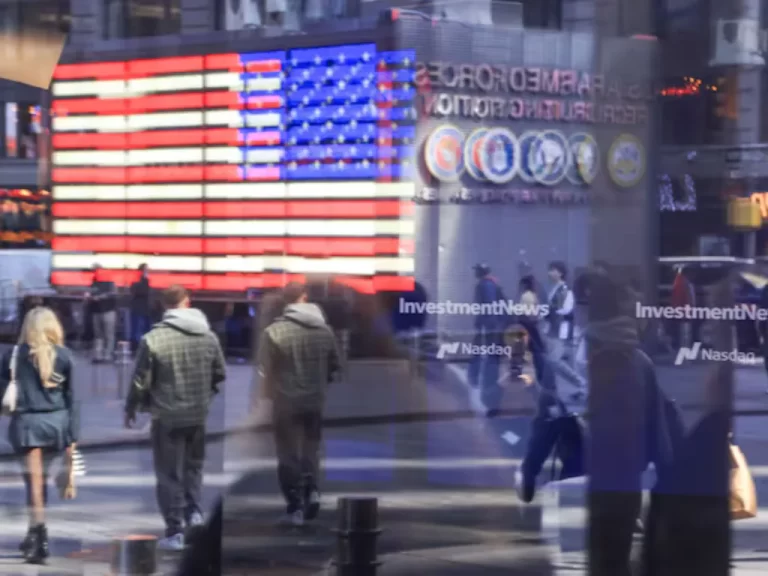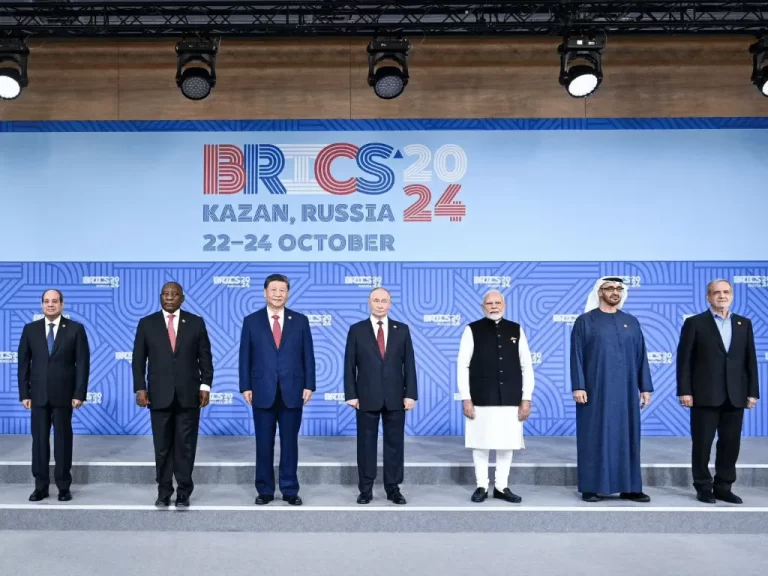By Tim Fox
January 29, 2025
In many ways 2025 begins now, and not just due to the Chinese Lunar Year of the Snake which starts this week, but more because of the second inauguration of US President Donald Trump, which was marked by a bombardment of executive orders, announcements, rhetoric, cajolement and threats, across a wide range of US domestic and foreign policy issues.
While many will see this burst of activity and noise as a signal of Trump’s intention to wield Presidential power more decisively and radically than ever before, Donald Trump billed his return to the White House as the return of ‘common sense’. Whatever the reality, many of the recent norms that have developed in the US and around the world look set to be challenged, socially, politically and not least in relation to economic policy, where the rules-based trading system will likely come up against deal-making and more transactional politics.
Many of the executive orders Trump signed on coming to power as well as his other statements and promises could have substantial economic and financial market ramifications including potentially here in the Gulf. Domestically the prospect of deregulation and lower corporate taxes was welcomed and spurred the stock market throughout Trump’s first week in office. President Trump ordered the government to ‘deliver emergency price relief’ to make housing more affordable and address living expenses by targeting health care costs and climate policies.
He also used his virtual Davos speech to urge OPEC producers to bring down the cost of oil, claiming that it would help end the war in Ukraine and lower inflation, enabling more interest rate cuts, which he wants to come down a ‘lot’. While bullish for the markets at face value this could potentially set him up for a clash with the Fed down the road, however, especially if other policies have a more unfavorable inflationary impact.
In this respect, trade policy looms as probably the most significant risk to inflation and interest rates Although precise policy steps are being kept relatively opaque for now, the White House issued a memo for federal government departments to evaluate the causes of the US’ trade deficits, with a view tocollecting tariffs. With the US-Mexico Canada Agreement, signed during the first Trump administration, set for review, President Trump again suggested that the US could apply 25% tariffs on Canada and Mexico, which account for 30% of US imports, by February 1st.
Although Trump is apparently now looking for help from China to end the Ukraine war, he is still talking about a possible 10% tariff on its goods, down from 60% during the campaign. With Trump also warning that the EU could face punitive measures all options everywhere appear to remain very much on the table. So, while markets may still be pricing cuts in interest rates this year, it is conceivable that they could move back to expect tightening sooner or later if tariff policies begin to gain more traction, which is probably why Trump is starting to tread more warily on the issue.
In terms of energy policy, as well as pressuring OPEC countries to produce more oil, President Trump declared a ‘national energy emergency’ that will enable the development of domestic energy resources and reduce the emphasis on renewables by taking the US out of the 2015 Paris Climate Agreement. The US will also pause all funding related to the Inflation Reduction Act, remove the EV mandate and restart
approval for LNG exports.
Digital assets were already receiving a boost before the inauguration, and with Trump now setting up a working group to draft new regulations, this seems likely to continue. The SEC has already seen enough to rescind an accounting rule that forced banks to treat crypto currencies as liabilities on their balance sheets, prompting Bank of America CEO Bryan Moynihan to say that banks are ready to ‘come in hard’ on crypto currencies. A USD500bn investment in an AI joint venture including with Soft Bank also serves to highlight the White House’s emphasis on new technologies.
For the moment the economies of the GCC do not appear to be targets of the new US administration, and Trump might even consider them as some of his best potential allies, already mulling Saudi Arabia as his first official visit. Deal-making and transactions between the region and the US may come to characterize the relationship, with Trump already leaning on Prince Salman to raise a pledged USD600bn investment into the US up to USD1 trillion, as well as pressuring OPEC countries to produce more oil.
The GCC would though get affected by a universal trade tariff should it be announced, mostly due to their global trade links that would likely get caught up in second round effects. The prospect of additional US energy resources entering global supply also represents a risk for regional economies chasing market share. Any significant negative effect on oil prices could also affect regional fiscal policies if they are sustained over time, requiring governments to stay vigilant, if not for any immediate negative impact from Trump’s policies, rather for any unanticipated consequences.
Tim Fox is Partner & Head of Policy & Economics at Capital Gate Advisors. An original version of this opinion editorial was published in AGBI – Arabian Gulf Business Insight.



